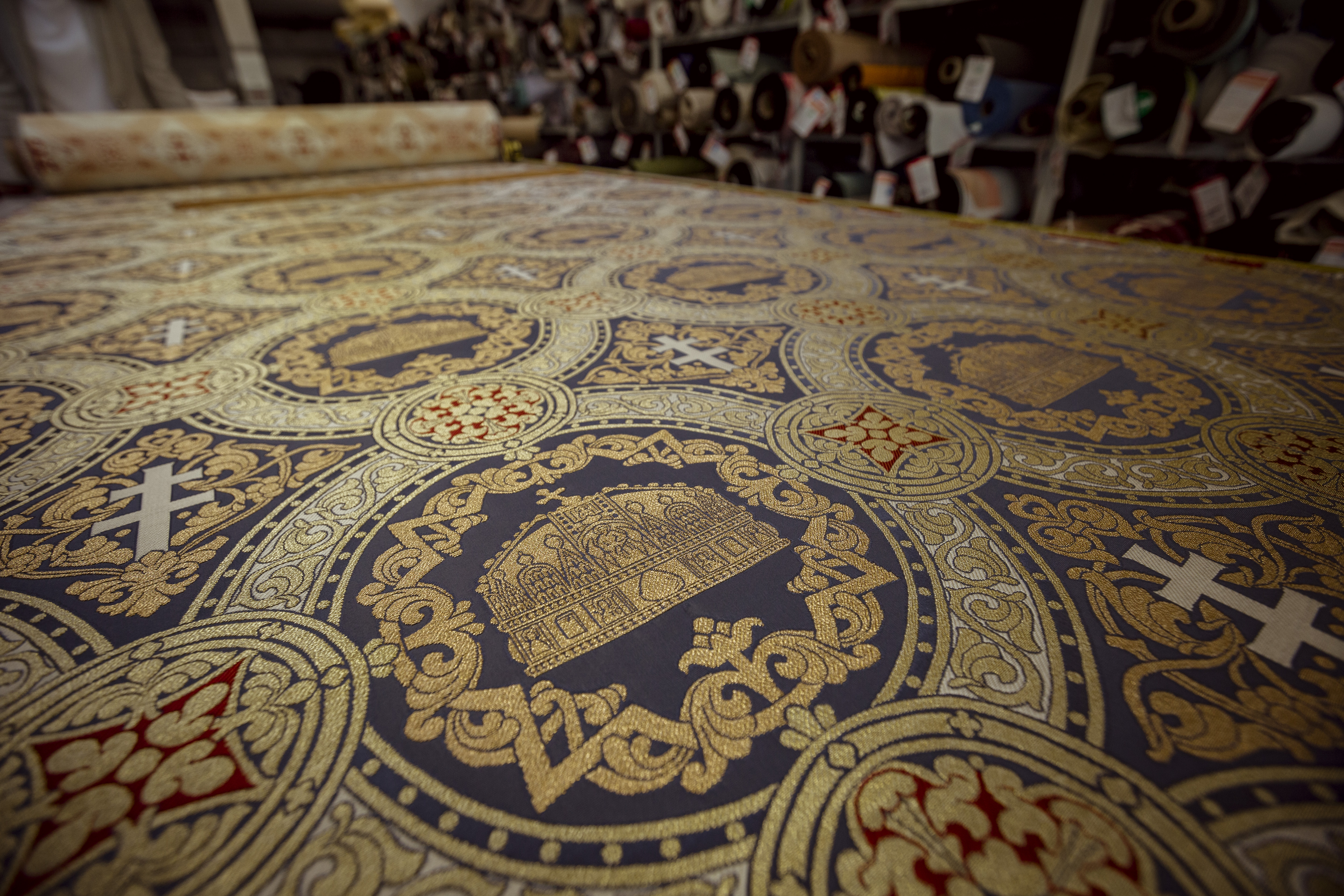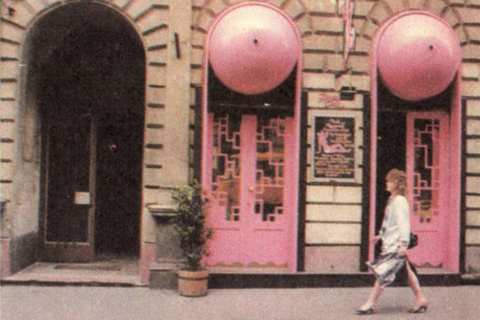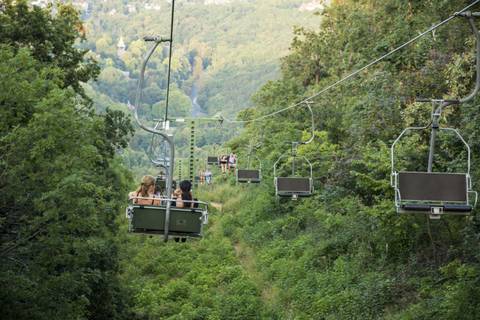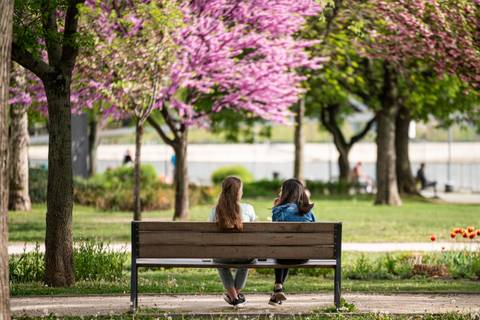The most significant chamber in the Buda Castle complex, St Stephen’s Hall, is due to reopen on the namesake saint’s day of 20 August after a year-long renovation. The original structure has already been completed while the interior design is currently being restored according to historical accuracy.
The ornate hall, the first of several to be reconstructed, will be a unique attraction at Buda Castle. The southern wing housing the exhibition related to it has now been completed, and interior design work will unfold in the weeks to come.
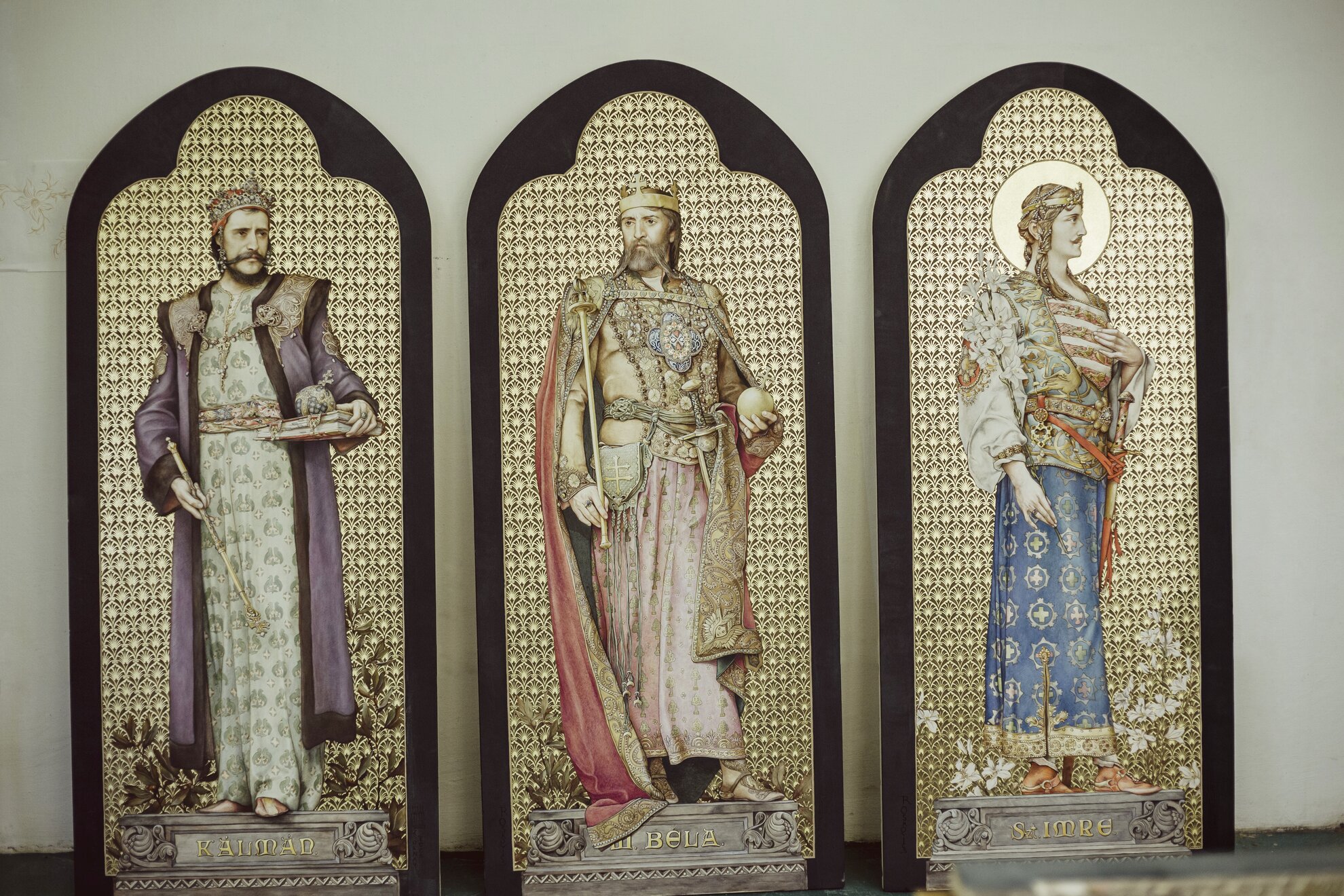
Named after the legendary first king of Hungary,
the hall won a grand prize at the 1900 Paris World Exhibition. It was designed
by prominent Hungarian architect Alajos Hauszmann, with the participation of some
of the most outstanding artists and craftsmen of the era, including Endre Thék,
Vilmos Zsolnay, Gyula Jungfer and Alajos Stróbl.
The hall was completely
destroyed during World War II, and is now being renovated based on the original
designs within the framework of the National Hauszmann Programme. The
long-overdue reconstruction of Buda Castle began here a year ago.
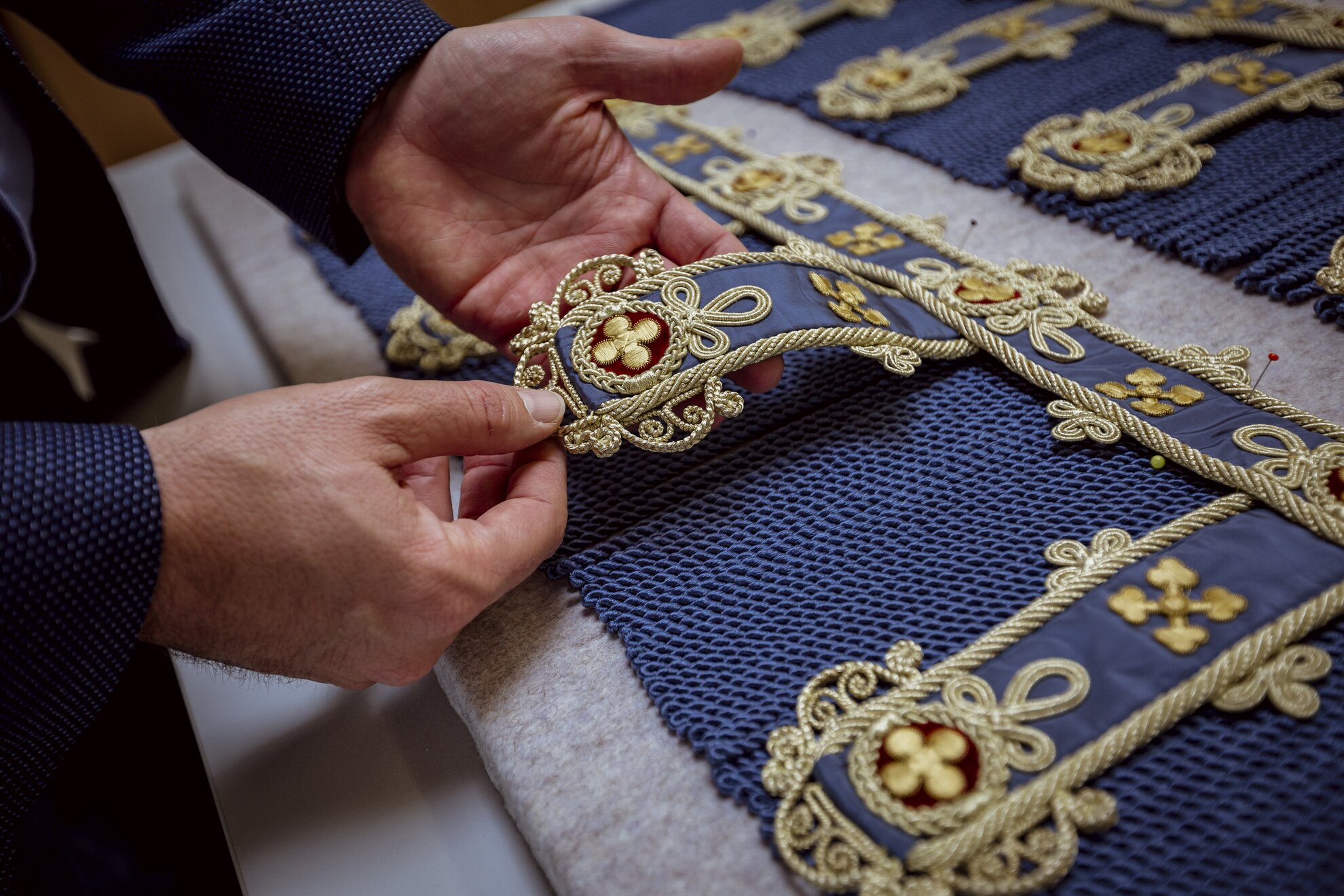
The Hungarian experts involved in the project have
been working on the design for years. Once finished, you will again be able to
admire the likenesses of the kings and saints of the early medieval Árpád
dynasty, as depicted in the iconic pyrogranite of the famed Zsolnay ceramics
factory in Pécs.
Look out, too, for the central fireplace with the bust of St Stephen on the top, the inlaid parquet flooring, the gold and silverware, the customised
furniture and curtains, as well as the decorative wall fashioned in walnut. In
addition to its artistic significance, this authentic reconstruction is
noteworthy as it is being carried out by representatives of trades that are now disappearing.
There are currently hundreds of specialists and about 20 workshops across Hungary
working on reconstructing the hall to its original state.
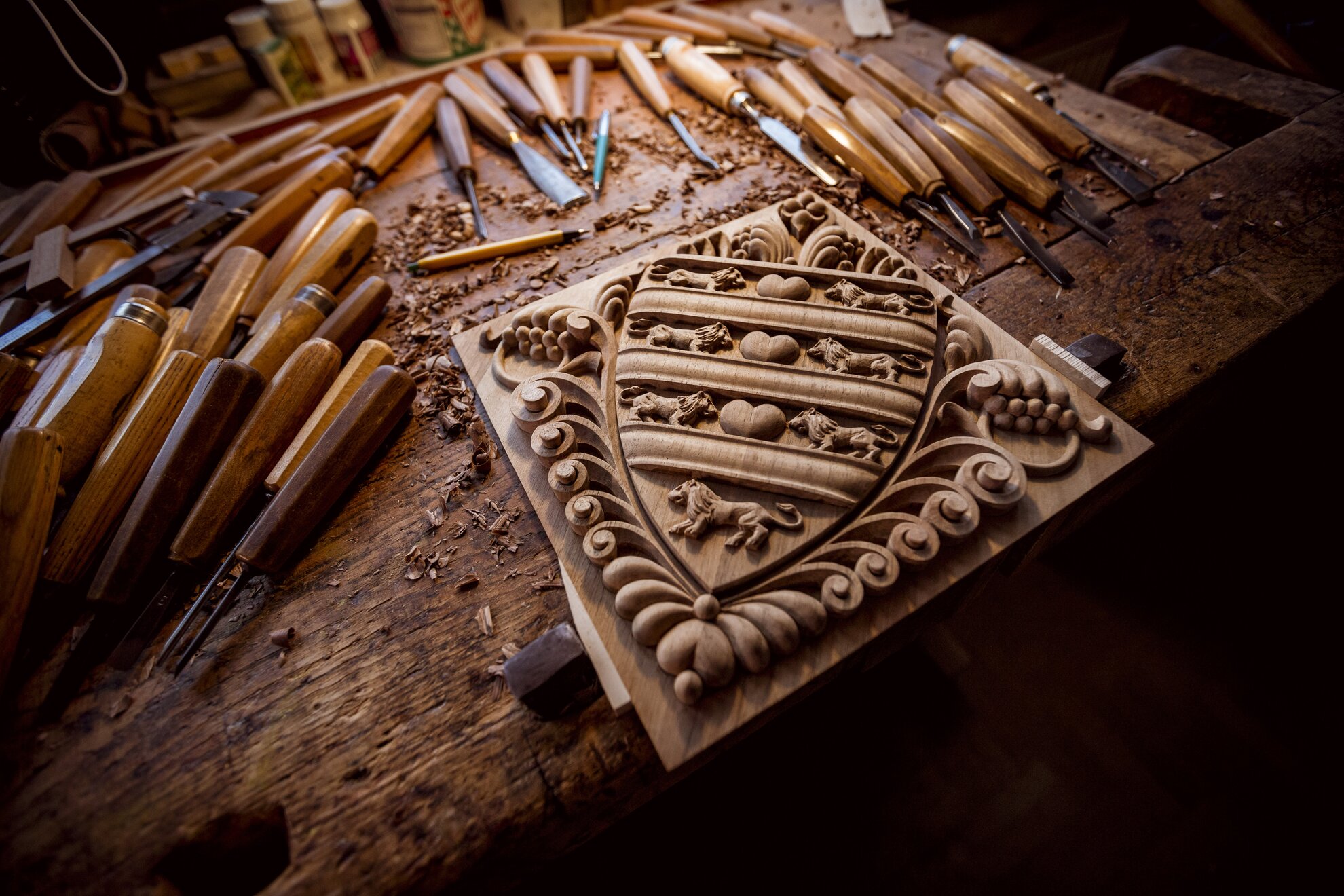
The most defining part of the interior is the two-metre wide and 4.5-metre high Zsolnay fireplace, which will begin to be restored in March. The space will gradually be developed from floor to ceiling in the upcoming months. An exhibition area will complement the attraction.
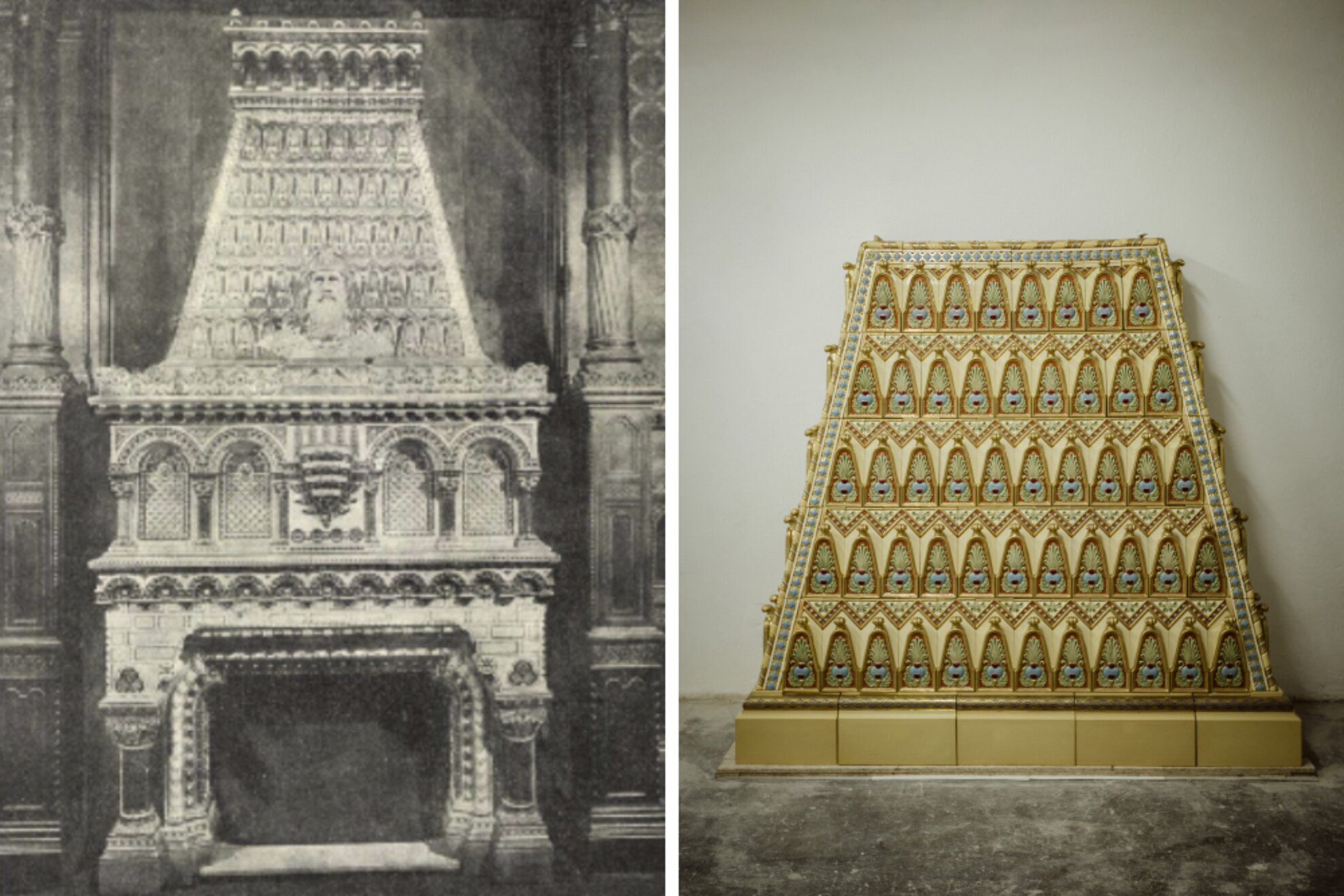
Multiple valuable artefacts and parts of
the old building have been unearthed during the renovation of the southern
wing. These findings make it easier to recall the past and restore the space authentically.
Excavations began in 2019 and since then, they’ve found wall fragments from the
early medieval Anjou era, as well as columns and wall decorations from the time
when Hauszmann and team were at work. Many of these finds will be placed in
their original locations once construction is completed. The renovation of the
complete palace interior and exterior is also planned.
